James Round
James Round is an independent graphic designer and illustrator. He loves to create crafted printed products, compelling data visualizations and bold illustrations that engage and delight people. Over the last decade, he's created work with a variety of clients including the BBC, WIRED Magazine, the Oscar-winning film Parasite, and BAFTA. And his work has been recognized by the likes of The Adobe Print Awards, The Information is Beautiful Awards and The World Illustration Awards.
Hi James! Tell us about yourself - how did you get to where you are today? When did you first realize you wanted to focus on design professionally?
I’m a London-based graphic designer with a focus on editorial design, data visualization and illustration. Over the course of my career I’ve done a little bit of everything; from in-house roles to advertising agencies and design studios. I always knew I wanted to be a designer, but it wasn’t until I’d spent a few years bouncing around the industry that I really started to hone in on the type of work that I enjoyed doing most. From there, the obvious next move was to start working for myself so I could spend more time doing that kind of work, and I’ve now been freelance for four years.
How would you describe your aesthetic and how has it changed over time?
I’d describe my style as bold and playful, with a focus on clarity. And when it comes to my illustrative work, I like to take inspiration from mid-century aesthetics; I love the impactful simplicity of work from that period, as well as the use of texture and halftones.
I think these traits have always been a part of my work, but I’ve certainly been able to refine my style a lot more over the last few years. When you work in an agency you have to be a lot more adaptable because your output is a part of something bigger. Since working for myself, I’ve been able to better define and develop my own style, as it’s now a more important part of why clients approach me with new projects in the first place.
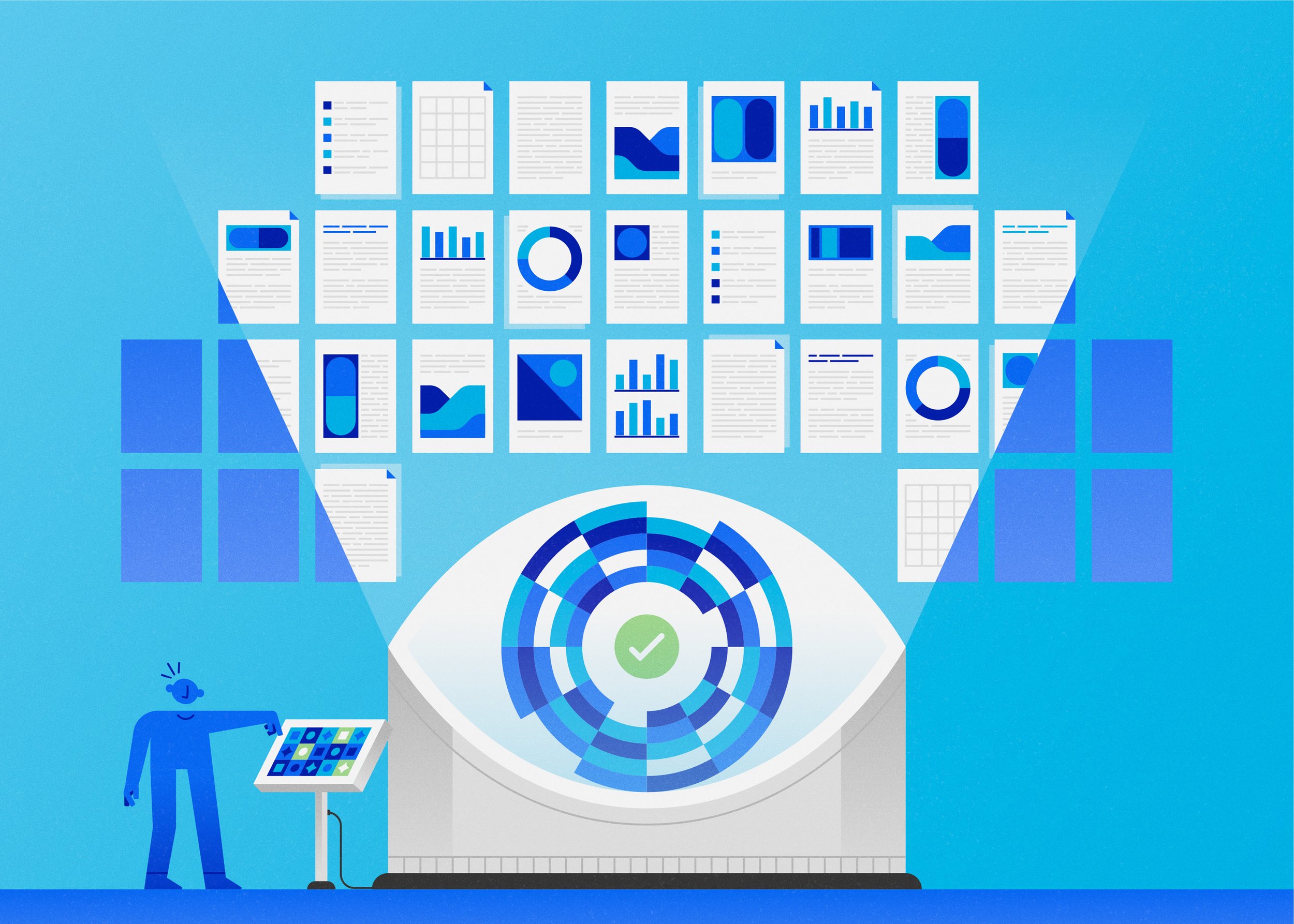
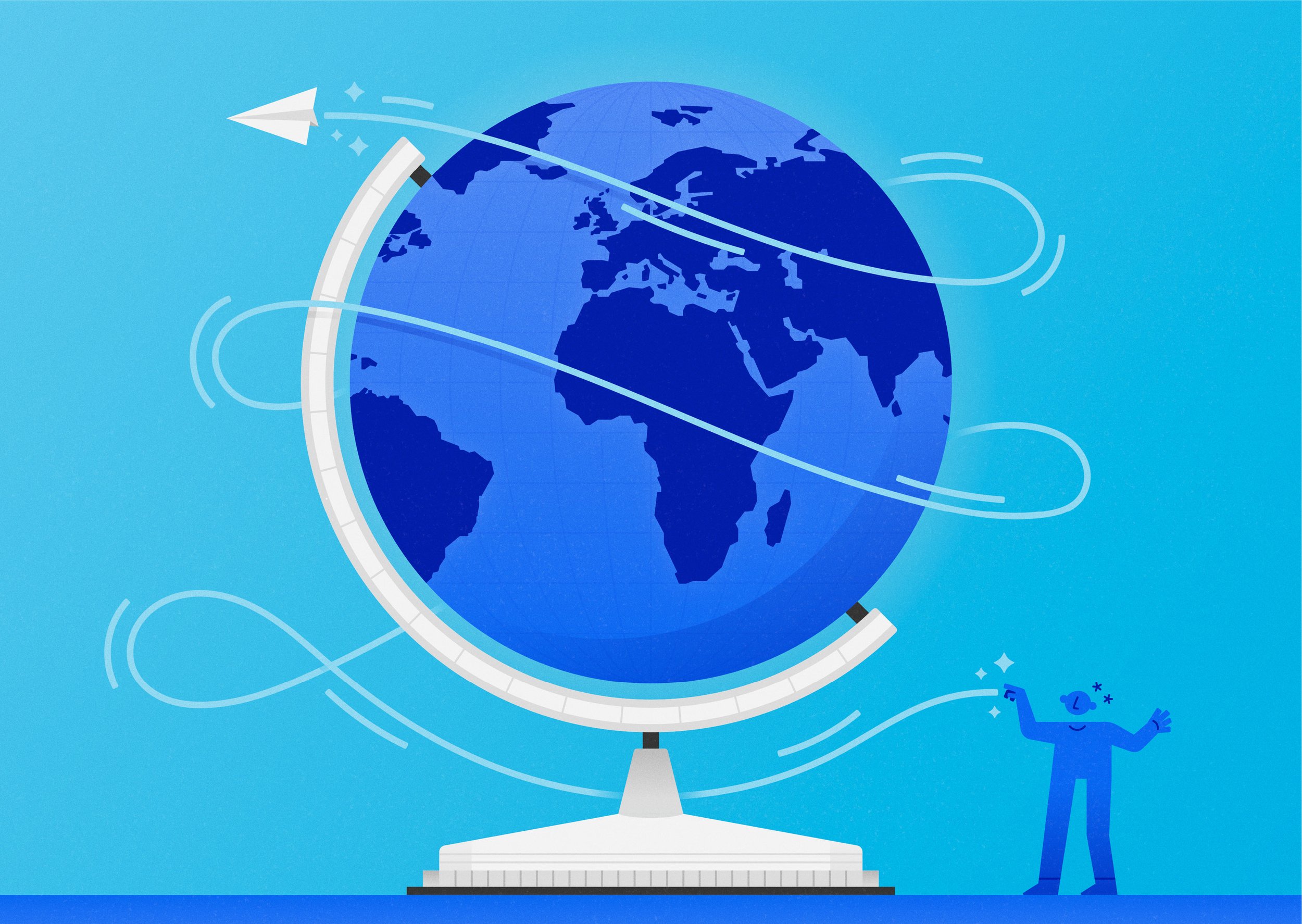
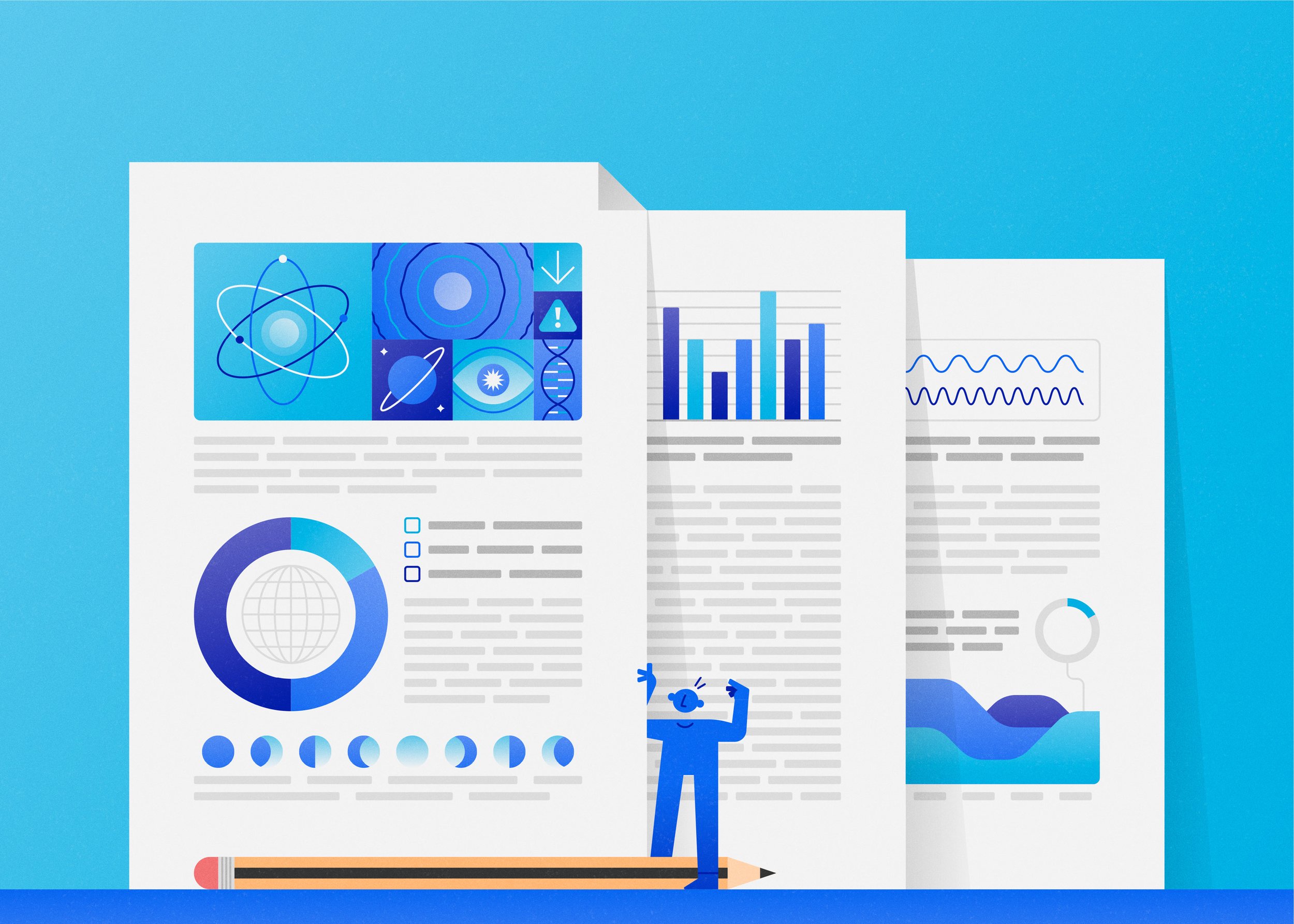
Before going freelance, you worked at a creative agency. How is your workflow different as a freelancer vs. working on agency projects and what’s one of the biggest lessons you’ve learned so far as a freelancer?
My workflow is definitely more flexible than when I worked in an agency. My days aren’t quite as rigid, which helps to both give me a better work / life balance and be more adaptable to the needs of my clients. I’ll often work evenings and weekends, but on the other hand sometimes my working day is done by 10am!
One of the biggest lessons freelancing has taught me is to be proactive about everything. Working for yourself is super rewarding but it’s also hard work, especially at the start. The best thing you can do is take control, keep yourself busy, and try to create your own opportunities. Send your portfolio out to lots of people, make time for personal projects that represent the kind of work you want to do, contribute to creative communities, enter awards; do whatever you can to keep things moving.
Do you have any tips for managing freelance design projects?
I think structure is a really important part of any successful project. It sets expectations, provides clarity for both you and the client, and offers a level of transparency that makes it easier to adapt if things don’t quite go to plan. I always outline a fairly detailed project scope, with a timeline explaining when I’ll be sharing work, and when it would be best to receive feedback. And when I share work, I’ll accompany the creative with notes that relate everything back to the original brief. Projects rarely go exactly as expected, but doing things like this provides a nice guide for everyone to work from.
Oh, and make sure you carefully track the time you spend on every project! I was terrible at this during my first year of freelancing, and it inevitably meant I ended up not getting paid for all the work I was doing.
You’ve worked with a range of incredible clients including the BBC, WIRED magazine, BAFTA and even did work for the Oscar winning film Parasite. How do you approach creative collaboration on projects for clients like these?
Ooh… that’s quite a tough question! I think creative collaboration can differ quite a lot from project to project. In the examples you mentioned, some of those projects were a fairly straight forward transition from brief to delivery, while others were a lot more nebulous and required substantial collaboration to even define the scope of work. In either case, I think it’s important to be adaptable, open to new ideas and accepting of feedback.
More broadly, I’m not a designer who really enjoys working as part of a team, and prefer to have creative control over the things that I create. But when it comes to clients, I love working with people who have a clear vision of what they want, and are excited to be part of the process.
Throughout your career, you’ve created some incredibly beautiful data visualizations and infographics. How do you approach telling powerful data stories with design? What does your process look like?
I think the most challenging part of data design is actually finding the story to tell. It’s useful to start with a question and go from there, for instance ‘How many species have gone extinct in the last century?’, or ‘What would happen if an asteroid hit Earth?’. And almost without fail, you’ll discover that the answer is a lot more complicated than you first thought!
Once I have a sense of the story that needs telling and have found a good data set, I sketch out lots of quick roughs before jumping into Illustrator to further develop two or three of the ideas. Ultimately the layout needs to achieve two things; I want it to be an engaging and attractive piece of design, but it also needs to support the data and communicate it clearly.
After deciding on a layout, I input all of the data and craft it towards the finished artwork. That’s my favorite bit of the process—the hard part is over, and now it’s just a case of making it look awesome!
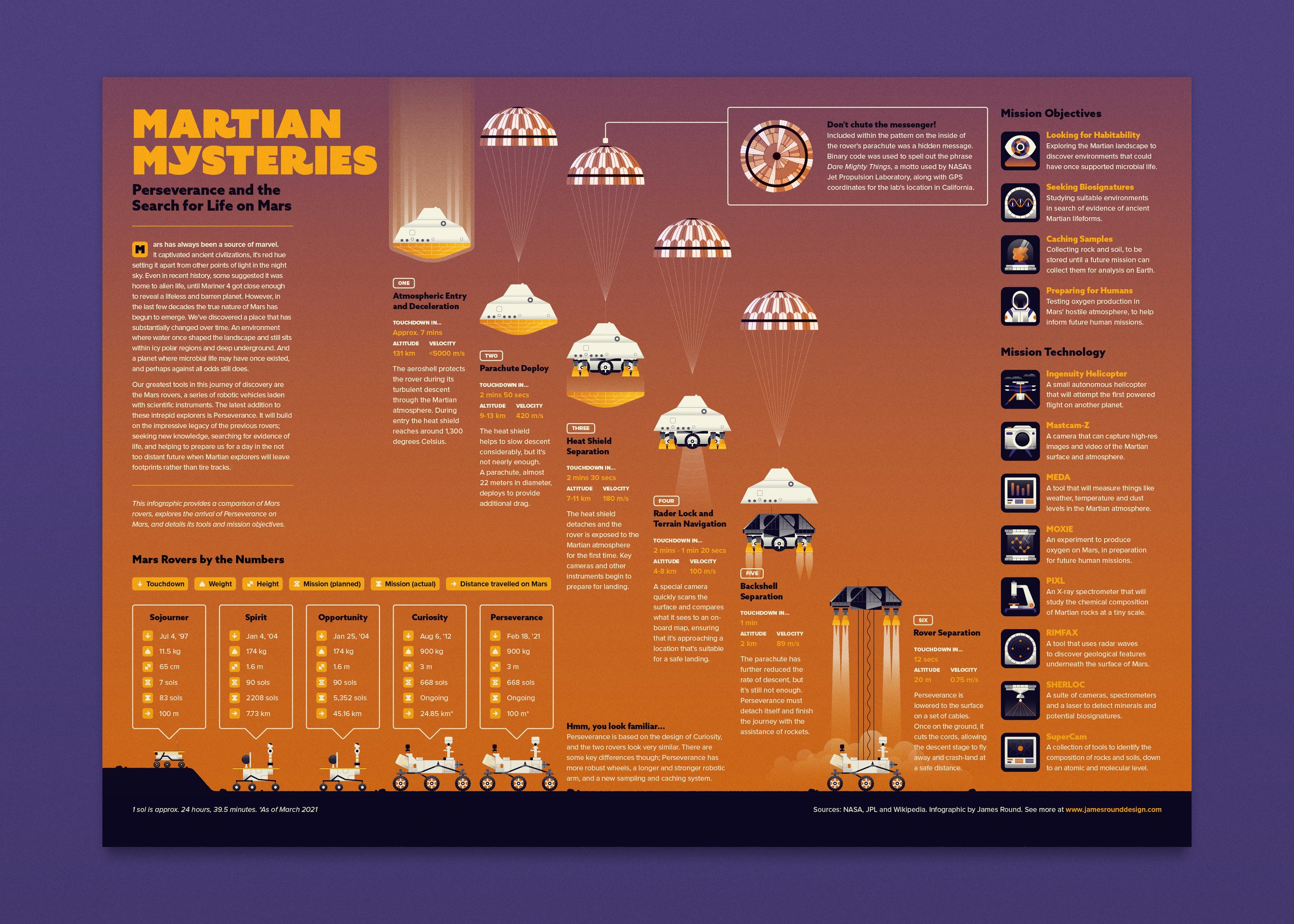
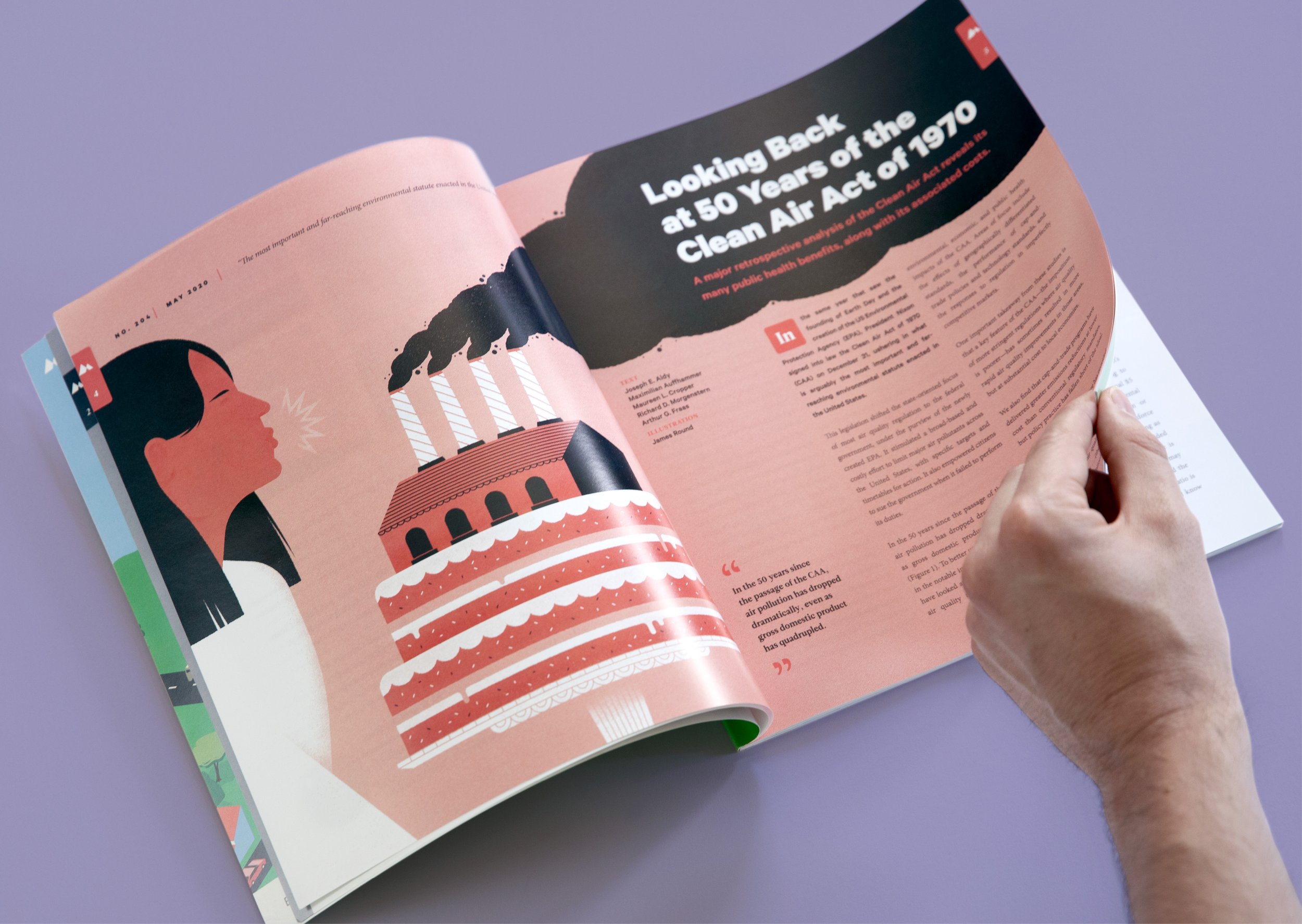
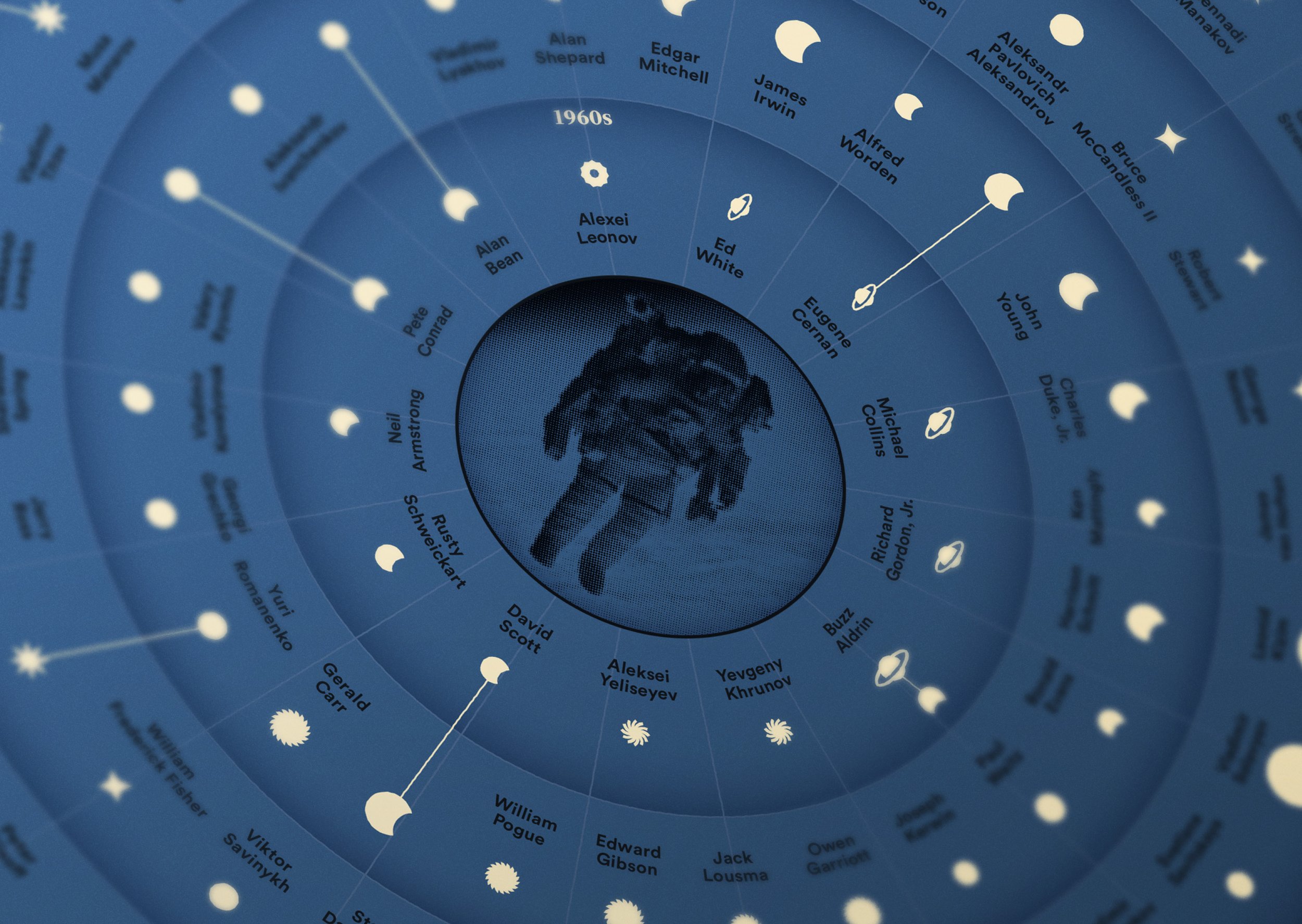
What’s been one of your favorite projects to work on? What would be your dream project?
I have really fond memories of working on the invitations for the BAFTA awards. At the time I was at the design studio Human After All, and I remember being told that I was going to be creative lead on the project and being in a bit of a state of disbelief. It felt like such a big responsibility, but also an absolute dream come true. That project was a really pivotal moment in my career that gave me a new sense of confidence as a designer.
Another, more recent, project that comes to mind is a data visualization I created last year, plotting every astronaut who has ever done a spacewalk in the structure of a star chart. This was one of my favorite projects because while it was a bit of a nightmare to create (it took several months to find a structure that worked!), I absolutely love how it turned out. It went on to win a couple of awards, which provided a great reminder for me to persevere with tough projects; they can often end up being your best work.
And my dream project? I would love to work with NASA on basically anything.
Are there any tools or design resources you use regularly? Where do you find inspiration?
Dribbble and Behance are my two go to design resources, and also where I get my inspiration from. Behance is great at providing in-depth run-throughs of larger creative projects, from conception to final artwork. Dribbble is awesome because it has such a broad, eclectic collection of work - search for anything on Dribbble and you’ll be met with an absolute wealth of creativity. Both platforms are great creative communities, and I don’t know what I’d do without them!
I also love screen printing and other traditional printmaking techniques. There’s certain limitations in printmaking (for example the number of colors you can use), which force you to think of creative solutions that can lead to some really beautiful results. I love trying to figure out the process behind it.
What advice would you give to new designers just starting out?
I think my best piece of advice would just be ‘do a lot of work’. There’s this great Ira Glass quote where he talks about how when you’re starting out, your work isn’t as good as your ambition, and so it disappoints you. The only way to get around that is to do a ton of work, and eventually that gap will start to close, and your work will start to meet your own expectations.
I had that quote sat on my desk for years. Every time I felt like my output wasn’t good enough, I’d look at it and know that the only way to make it better was to keep learning, do more work, and eventually it would reach a standard I was more happy with.
What are you working on now and what’s up next for you?
I made a commitment this year to embark on a personal project that was larger in scale than those I’d previously done. And so over the last few months I’ve been working on a deck of illustrated playing cards that feature different moments from the history of space exploration. It’s been a real labor of love, and has taken considerably more time than I’d care to admit, but I can’t wait to share them when they’re done!
Thank you for sharing with us James! To view more of his work, visit his website and check out his Dribbble shots.
James was nominated by Dribbble. All art courtesy of James Round.






